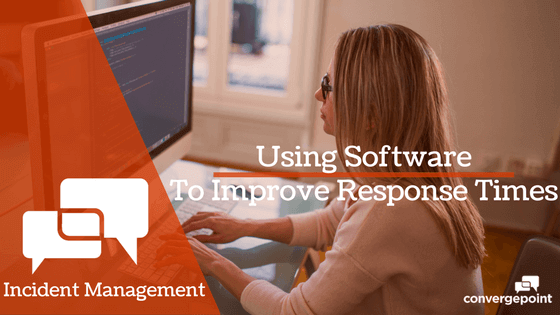Are you ready to learn more?
Talk to our incident management experts today!
Policy management resources, best practices articles, guides and how-to's can help optimize your processes.
Contract management resources, articles, guides and how-tos can help you improve efficiency.
Resources, best practices, articles, guides, and how-tos to effectively manage incidents.
Articles and guides on conflict of interest disclosure on how to properly handle potential conflicts.
Strategies on building frameworks for managing risks and staying up to date with regulatory developments.

EHS Managers and HR Professionals both know what it’s like to struggle with their organization’s response times to incidents, and likewise stand to gain from using case management software. The advantages range from increased reporting and tracking capabilities, to investigation and correction processes that are streamlined in a centralized platform. To understand how EHS and HR case managers will reap these benefits and improve response times, take a look at the key aspects of incident management that are enhanced by case management software.
The cornerstone for faster response times is incident awareness, reporting and tracking. Depending on the company or organization, incidents can occur on a weekly or even daily basis. With case management software, all incidents can be reported into a central repository in real time so that nothing gets missed or lost. Further, when a user makes or updates an entry, it immediately appears for all users who have permission to see them. The software also utilizes department segmentation for optimized organizational processes, ensuring that associated employees only see what they need to see.
Due to the centralized nature of the software, incidents are not only reported as fast as possible, but tracked and managed as well. Tracking the progress of an incident and ensuring accountability is as easy as logging in and selecting the corresponding case. This way, no incident is left unaddressed and the whole process becomes more efficient via a digital paper trail, eliminating the need for unorganized emails and handwritten notes.
In the modern landscape of technology and how it relates to regulatory compliance, automation is crucial in saving the time and resources necessary for a successful incident management process. With case management software, automated workflows use scheduled alerts to notify the optimal person at the right time based on the nature of the incident, complaint, location, and so on. This enables all-important collaboration and frees up time and resources.
Additionally, resource allocation allows a manager or administrator to view the number of incidents assigned to each user to determine who may be the quickest to respond. Incidents can then be investigated and reviewed faster and more effectively than they were before. Assessing risk, damages and the potential exposure to the organization and employees becomes a one-step process with the use of centrally managed software.
Due to the advantages outlined above, incidents are corrected and risks are mitigated faster with case management software, providing much-improved efficiency that is incomparable to manual processes. HR and safety managers can rest assured that incidents are resolved in a timely fashion. The manager on the case can easily enter the necessary corrective action, such as displaying warning signs where the incident occurred or disciplining an employee, in a way that is documented and stored. Adjacent policies and procedures can then be put in place to deter future incidents from occurring. Everything in the process, from the reporting stage to the correction or resolution, is retained and can be utilized at any time for detailed reports and audits. Managers and administrators are also enabled to reduce legal exposure and increase employee compliance and safety, all with increased efficiency.
HR professionals and EHS managers alike will benefit from the various advantages of implementing case management software, namely with improved response times and more efficient processes as a whole. Not only will incident management go from chaotic and antiquated to organized and modern, the increased productivity, centralized collaboration and advanced reporting capabilities will save time and resources. Mitigating risk and reducing legal exposure will also go from precarious to a given. The opportunity for improvement is huge, designating case management software as a must-have for any and all HR and EHS teams.
Are you ready to learn more?
Talk to our incident management experts today!